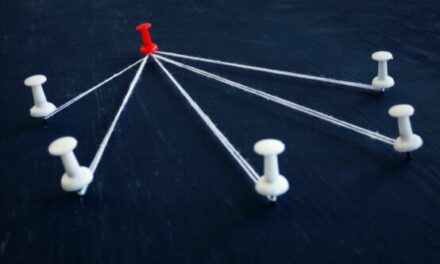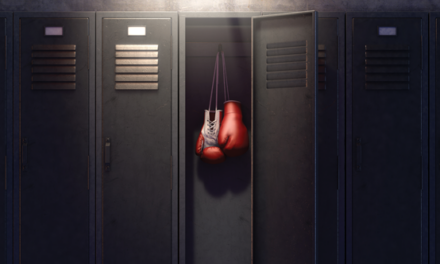
“OK, everyone, before we dig into this activity, I’m going to ask you to take off your teacher hats and think like 5th graders.”
At a recent a science conference, we heard an investigation introduced this way — and not for the first time. The facilitator meant well when he invited teachers to consider how young children might engage with a science activity. So what’s wrong with introducing professional learning experiences this way? Let’s boil it down to four simple points.
#1. How would adults know what a kid would think? Teachers know about learning. We know how to build on what students know and can do. But we often underestimate student capabilities and, given our changing society, we can’t assume that they have had the same experiences that we had as children. Our efforts to get into students’ minds can easily devolve into inaccurate and uninformed assumptions about why “our kids can’t do this.”
#2. There’s nothing wrong with being an adult learner. Teachers and administrators often hide behind their assumptions about what kids would say because fully engaging in an activity as a learner may be uncomfortable or make them feel exposed. But teachers build their own understanding when they’re invited to join activities as learners, to make themselves vulnerable, to ask probing questions, and to truly push each other.
#3. When teachers reflect on their own learning, they can better understand and validate the experiences of others. We want teachers to think about what they learned when they engaged in an investigation. By reflecting on what supported or stood in the way of their own understanding, teachers are better able to plan experiences that will support student learning. Skipping this step robs teachers of the opportunity to be active learners who are thinking about how they can move student understanding forward.
As one teacher said to Erin, “I’m really glad I don’t understand it in such a sophisticated way because, by my struggling to understand it, I’m in the struggle with them.” Reflecting on where we struggle, where we are confused, and how we are able to move forward gives us authentic information about our own learning, which we can use to design learning experiences for students.
#4. Regular formative assessments will reveal what students actually know; there’s no reason to guess. Taking a little extra time to listen to students will help teachers know what students are learning and where they are struggling; that information can then inform instruction. Teachers can anticipate what students might say, but knowing is better than guessing.
By immersing teachers in their own learning experiences, we can lead teachers to their own moments of deeper learning without making false assumptions about their students. Consider a teacher in one of Stacey’s workshops. Originally convinced she knew the right answer, the teacher was pushed to gather more evidence and discovered she had been missing a crucial piece of her explanation. She looked up and exclaimed, “My whole life is a lie!” She then spent 20 minutes talking with her peers, considering variables, and constructing an explanation that was both correct and made sense to her. The glow of victory, the excitement of learning something new, and the confidence that she gained by the end of that session are what we want for all teachers and all students.
Originally published in May 2017 Phi Delta Kappan 98 (8), 80. © 2017 Phi Delta Kappa International. All rights reserved.
ABOUT THE AUTHORS

Stacey Van Der Veen
STACEY VAN DER VEEN is founder and lead consultant at NGSSPD Consultants, Edison, N.J.

Erin Marie Furtak
ERIN MARIE FURTAK is a professor and associate dean of faculty at the University of Colorado, Boulder.










